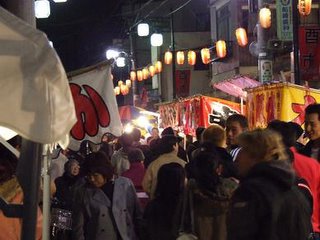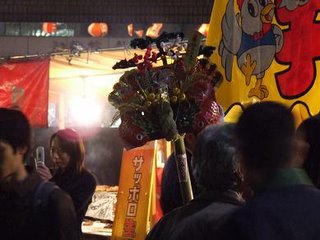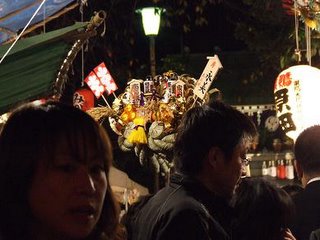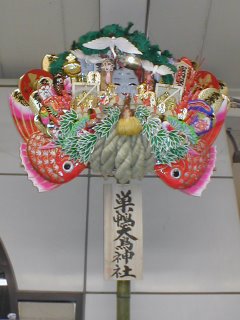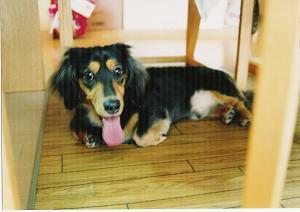Genkaku-ji temple / Konnyaku Enma


Genkaku-ji temple. It's a little bit far from Shige's condo, but Lee & Shige often visit there on weekend. It's located close to the Kourakuen-station of the Tokyo-Metro Marunouchi line. The principal statue of the Genkaku-ji temple is "Enma". This statue is made of wood and was carved in Kamakura-era (around 800years ago).
The Enma, a kind of Buddha, is sitting in front of the gate of Acheron as a harsh judge. His stern face says he detests evil in the world. In Japan, mothers used to say to their kids when the kids told a lie "Enma-sama will pull your tongue out!" Enma is a symbol of fear, but people have a sense of affinity and feel his benevolence behind his stern face.
This Genkaku-ji temple's Enma is very famous as the "Konnyaku Enma". Let me show you a story of the "Konnyaku Emma";
In Edo era(around 300years ago), there was an old woman who lived near this temple and had suffered from her eye disease. She was very faithful and often visited and worshipped. She had prayed to the Enma for cure her eye. Her great favorite food was "Konnyaku" but she quitted to eat it and offered it to Enma every day. Finally, the Enma felt pity her, picked his right eye out and gave her.
 Photo of the statue of the Konnyaku Enma; I'm sorry this photo isn't bright/sharp enough to see the face of statue. Inside of the chamber was rather dark although outside was bright, so, it was seldom visible to the naked eye, too.
Photo of the statue of the Konnyaku Enma; I'm sorry this photo isn't bright/sharp enough to see the face of statue. Inside of the chamber was rather dark although outside was bright, so, it was seldom visible to the naked eye, too.Can you see the Emma's right eye is slightly painted dark yellow?
 Photo : Even now, people come here to pray to the Enma and offer "Konnyaku". There was a pile of "Konnyaku" in front of Enma's sanctum. "Konnyaku" is a Japanese traditional food. It is made from a kind of potato and has jelly-like texture. I like string type "konnyaku" in the Sukiyaki!
Photo : Even now, people come here to pray to the Enma and offer "Konnyaku". There was a pile of "Konnyaku" in front of Enma's sanctum. "Konnyaku" is a Japanese traditional food. It is made from a kind of potato and has jelly-like texture. I like string type "konnyaku" in the Sukiyaki! Photo : The name of the crossing in front of this temple is "Konnyaku-Emma mae". ("mae" means "in fromt of") From this crossing, you'll can see the "Tokyo Dome". The home ground of the professional baseball team the "Tokyo Yomiuri Giants". Someday, I'll introduce that area to you.
Photo : The name of the crossing in front of this temple is "Konnyaku-Emma mae". ("mae" means "in fromt of") From this crossing, you'll can see the "Tokyo Dome". The home ground of the professional baseball team the "Tokyo Yomiuri Giants". Someday, I'll introduce that area to you. 
Labels: Korakuen area, Lee, temple/shrine



